Identifying British earthworms currently requires collecting and killing specimens, to then use microscopic morphological features for identification. This is the biggest barrier to earthworm recording and limits the number of people who are willing and able to contribute earthworm species occurrence data to the National Earthworm Recording Scheme.
So, what if there was a way to identify earthworms live? So far, no live earthworm ID guide has proven accurate enough to meet the high standards of the National Earthworm Recording Scheme. This isn’t necessarily because some earthworm species couldn’t be identified live, but more likely because we simply don’t have enough data on the natural variation in live ID characters within and between species to produce a reliable guide.
The UK Centre for Ecology & Hydrology, Biological Recording Company and Earthworm Society of Britain have teamed up on the Earthworm Image Recognition Project to see if image recognition technology can be used to identify earthworms from live photos. The project is funded by Defra and aims to produce a beta version of an app for farmers that will enable auto-identification of earthworms from photos.

In order to train the AI within the app, the Biological Recording Company gathered photos of live earthworms and then identified each specimen using the established morphological features using a microscope and the Key to the Earthworms of the UK & Ireland (2nd edition) by Emma Sherlock. The ability of the AI to reliably identify all species of British earthworm is currently unknown, but by the end of the project, we will have an idea regarding which species can and can’t be identified by image recognition technology.
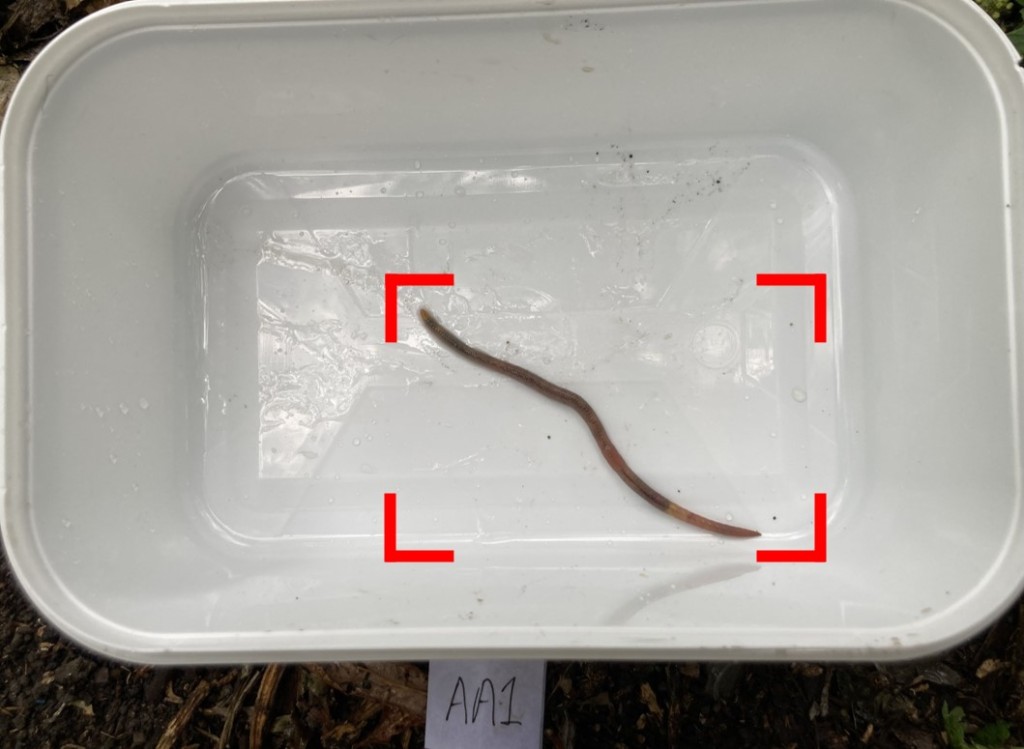
Earthworm Sampling Days
A programme of 16 Earthworm Sampling Days was delivered at sites across England and Wales. During these events, participants sampled for earthworms and used their personal smartphone devices to take photos of the specimens using a specific protocol. Following photography of the earthworms, the specimens were collected, euthanised and preserved so that they could be accurately identified by the National Recorder for Earthworms. Photos were submitted by the volunteer earthworm surveyors following the event and then added to the earthworm image training library.
No experience was necessary as all participants were trained on both earthworm sampling and the smartphone photography protocol. Furthermore, no photography skills were required – it’s important that the images used to train the AI come from a range of devices and are taken by individuals ranging in smartphone photography skill level so that the training data represents the actual data that farmers would be submitting when the app is tested.

Results To Date
In addition to the Earthworm Sampling Days, earthworms were collected, photographed and identified by Keiron Brown and Aidan Keith. The images have all been submitted to UK CEH and we are now awaiting feedback on the accuracy rate for the image recognition technology.
A summary of the project achievements to date can be seen below.
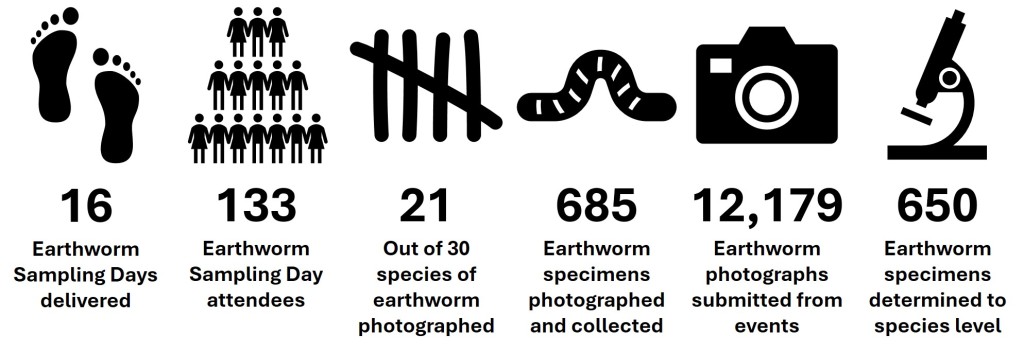
Lessons Learned: Photography Protocol Issues
A number of factors were noted during sampling that could potentially be problematic for generating suitable images:
- Precipitation: Rainy conditions can result in water gathering in the containers and cause issues with glare and reflections.
- Shadows: Both the sides of the container and photographer were found to cast shadows over part or all of the image.
- Soil: Earthworms are found within the soil, so it was unsurprising that the sampling containers became dirty relatively quickly. This was particularly evident in muddy conditions.
- Excretions: Earthworms that have been collected may excrete liquid as a defence mechanism. This can impact the background of the image where containers have been marked and it was noted that this could also change the colour and patterns on the earthworm. For example, Aporrectodea icterica is known for having a yellow mottled appearance and it was noted that this appeared to fad out and disappear as specimens excreted mucus from their skin.
- Photographer inconsistency: Despite step-by-step instructions and a demonstration, many participants still failed to photograph specimens according to the protocol and a significant proportion of images were discarded (though the actual proportion discarded was not recorded).
- Contrast: During sampling, it was noted that mobile phone cameras often had difficulty focusing on the earthworm so the protocol was modified in February 2024 to use black containers so that the project could investigate the effectiveness of a white background versus a black background. Analysis of results in progress.

Project Activity Report
The Earthworm Image Recognition Project Activity Report provides a summary of the project to date, including a summary of the events undertaken and the image library contents to date.
Acknowledgements
We’d like to say a huge thank you to all the organisations that helped us to deliver this programme of events, including Citizen Zoo, Derbyshire Wildlife Trust, Kingston Council, London Natural History Society, Tanyptera Trust, the Tees-Swale Naturally Connected Project and Yorkshire Wildlife Trust.
We’d also like to say a huge thank you to all of the volunteers that contributed to the sampling, photography and identification of earthworm specimens.

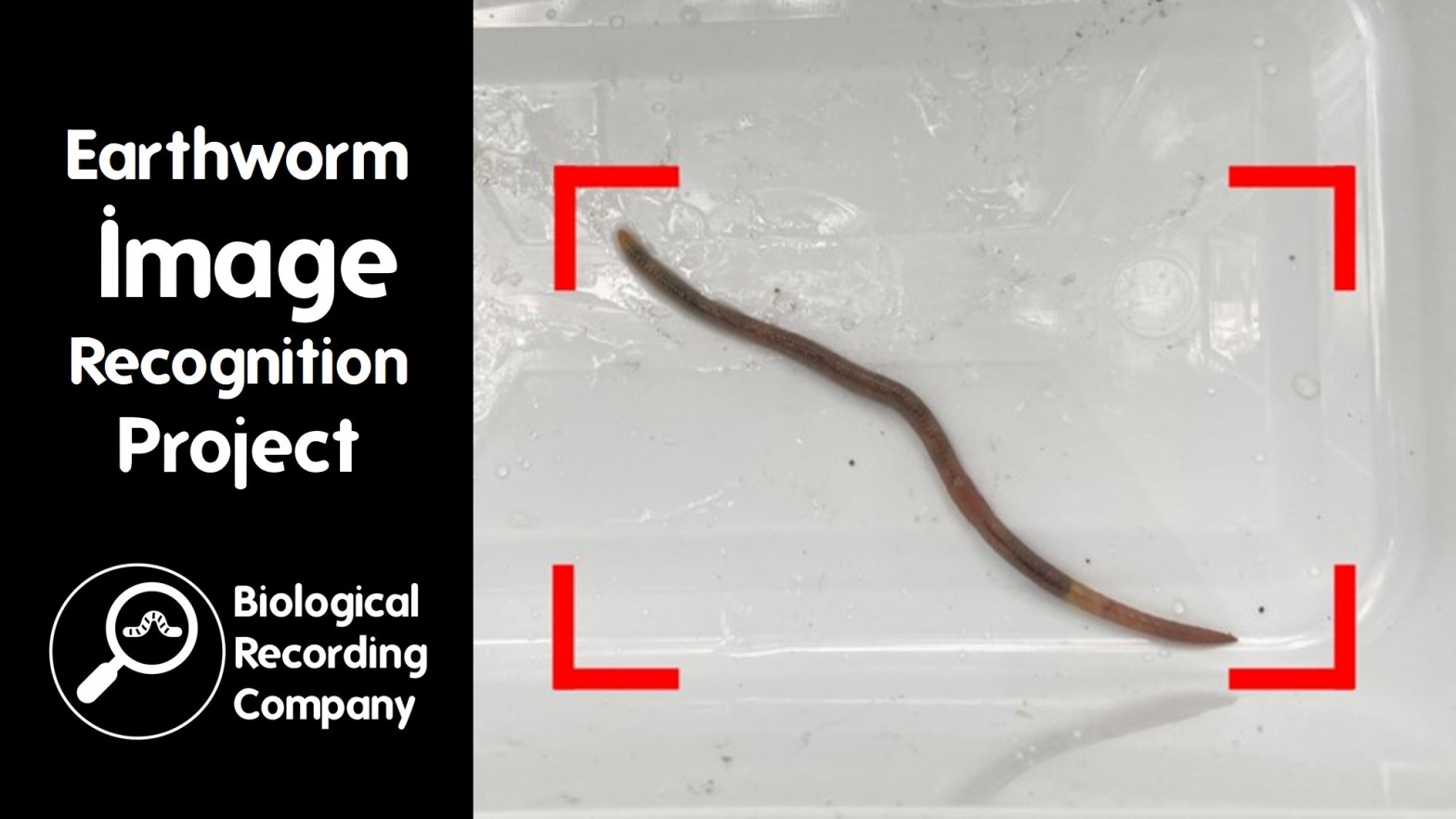

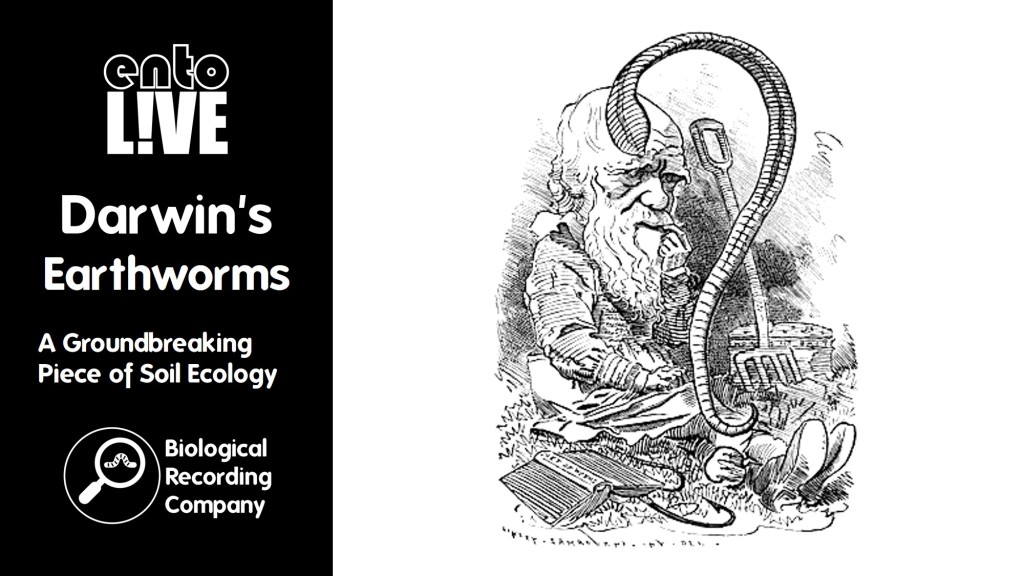
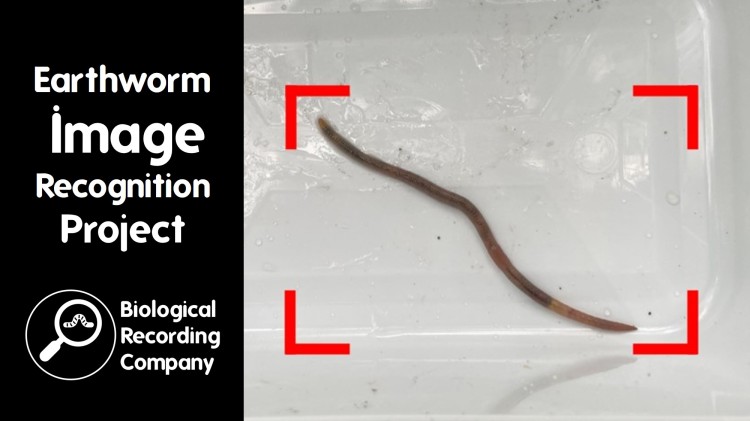


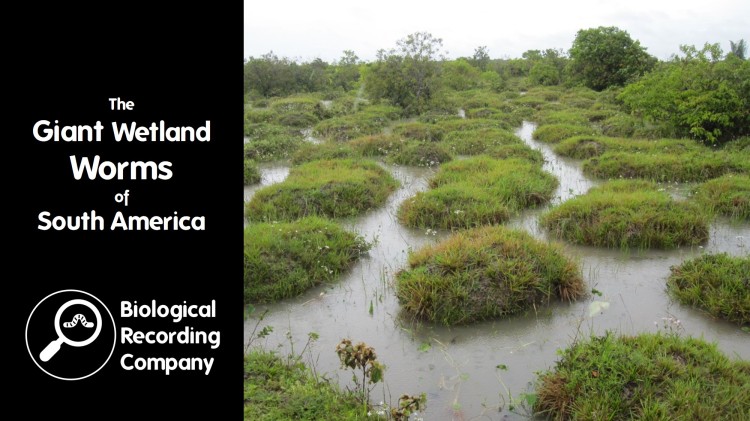


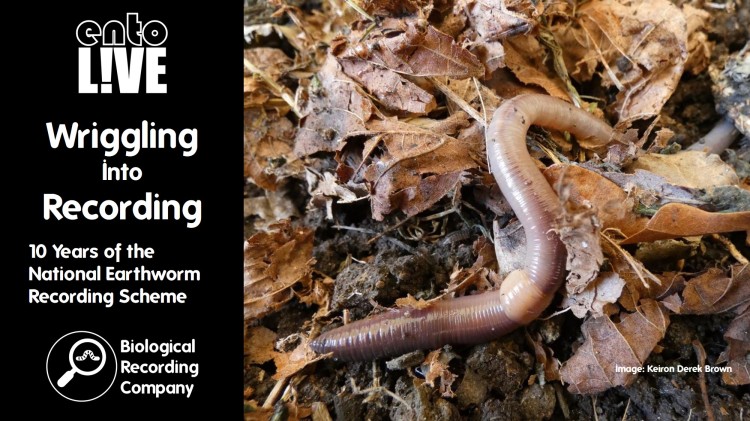

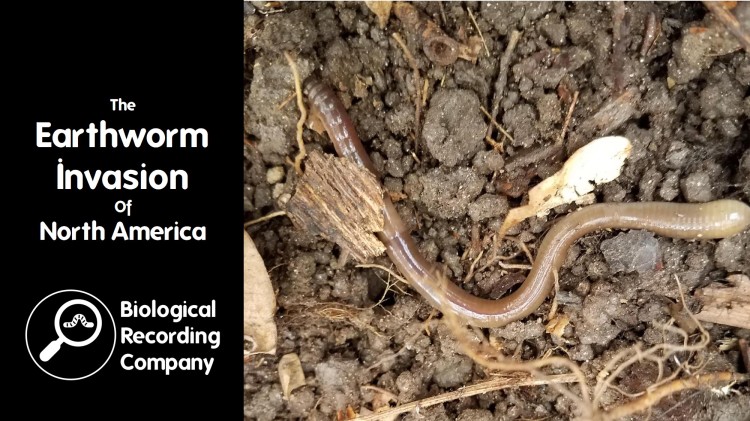
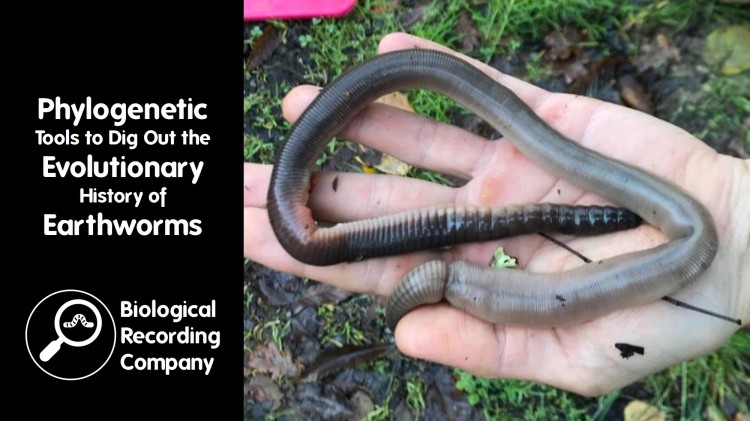
One thought on “Earthworm Image Recognition Project”